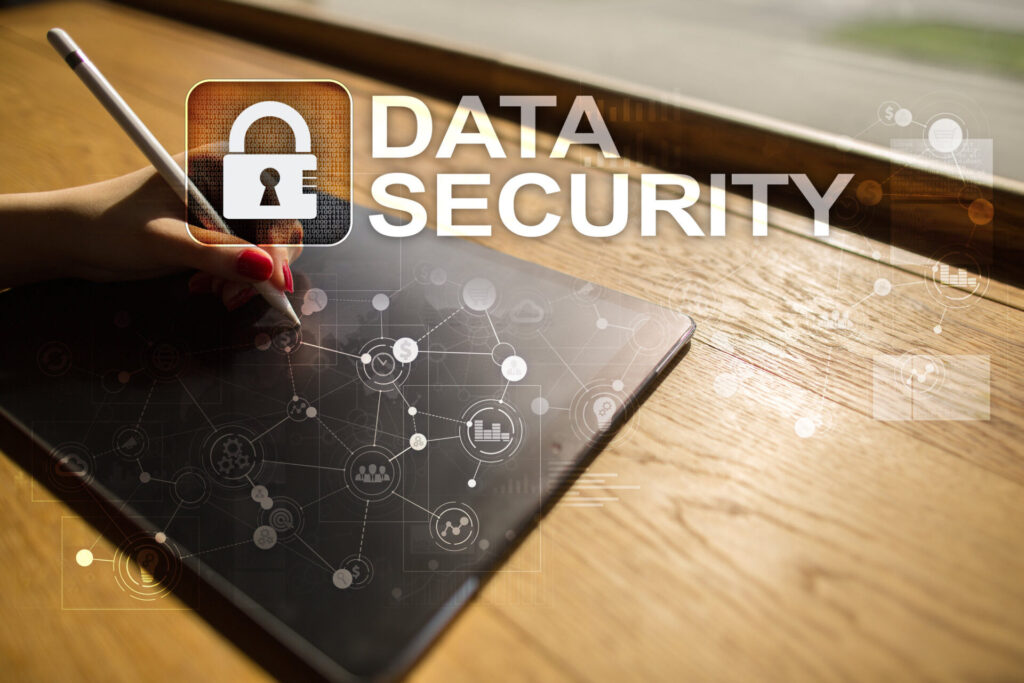
Organizations today must comply with numerous data privacy laws. In the U.S., regulations include HIPAA for healthcare data and GLBA for financial institutions. COPPA protects children’s online privacy, while FCRA ensures fair credit reporting. FERPA safeguards student records. States also have laws like the Colorado Privacy Act (CPA), Utah Consumer Privacy Act (UCPA), Connecticut Data Privacy Act (CTDPA), and California Consumer Privacy Act (CCPA). Companies doing business in Europe must follow GDPR. Failure to comply leads to fines and reputational damage.
With so many laws, how can organizations ensure compliance? How can this compliance be in alignment with a data governance strategy? The answer lies in applying privacy-by-design principles at every stage of the data lifecycle. This approach embeds privacy and security into data processes from the start.
Learn More: 5 Key Factors to Consider When Establishing a Data Governance Strategy.
Applying Privacy-by-Design Principles
Organizations must integrate privacy safeguards into every aspect of data governance. This requires assessing risks before collecting or processing data. Encryption, access controls, and anonymization should be part of the strategy. Data should be classified based on sensitivity, and retention policies must align with regulations.
For example, a healthcare provider handling patient records must implement strict access controls. Only authorized personnel should have access to electronic health records. Multi-factor authentication (MFA) and encryption protect data from unauthorized access. Similarly, financial institutions must anonymize customer data when used for analytics to prevent exposure of personally identifiable information (PII).
A retail company collecting customer purchase histories should ensure they store only necessary data. If storing payment details, they must comply with PCI DSS (Payment Card Industry Data Security Standard). This means encrypting cardholder information and ensuring secure transactions.
Data privacy compliance does not end after implementation. Organizations must regularly review and update governance strategies. Laws evolve. Staying compliant means continuously monitoring regulatory changes. Conducting periodic audits ensures policies remain effective.
A technology firm that develops mobile applications must stay updated on COPPA if its apps are used by children. The company should routinely check that parental consent mechanisms work correctly so that no unnecessary data is collected from minors.
Training Employees on Compliance
Employees play a critical role in compliance. They must understand privacy regulations and follow best practices. Training programs should educate staff on handling sensitive data securely. Employees must have access to compliance tools that automate data protection, track consent, and flag potential risks.
For example, a marketing team using customer data for email campaigns must be aware of opt-in and opt-out requirements under GDPR and CCPA. Training helps them understand how to properly obtain consent and manage user preferences.
An HR department dealing with employee records must be trained in FCRA and GDPR requirements to avoid wrongful data sharing. Providing regular workshops ensures staff understand how to securely store and share information while maintaining compliance.
Cybersecurity teams should receive specialized training in incident response. In case of a data breach, knowing the legal obligations and reporting timelines under GDPR or state privacy laws ensures a proper response.
The Role of Experienced Partners
Working with a knowledgeable partner simplifies compliance. Experts help navigate complex regulations and implement best practices. Here are four key benefits:
- Regulatory Expertise: Partners stay updated on evolving privacy laws, helping to ensure organizations meet all requirements.
- Risk Mitigation: External experts can best assess vulnerabilities and recommend proactive security measures.
- Efficiency Gains: Compliance automation tools can reduce manual tasks and enhance accuracy.
- Incident Response Support: In case of a data breach, experienced partners can help minimize damage and ensure proper reporting.
For example, a healthcare organization working with a compliance consultant can streamline its HIPAA compliance efforts. The consultant can conduct audits, recommend necessary policy updates, and train staff in best practices.
A financial services company partnering with a legal firm specializing in GLBA can ensure that data-sharing agreements with third parties meet security and confidentiality requirements.
An e-commerce platform using a privacy compliance software vendor can automate GDPR and CCPA compliance. The software can track consent management, handle data deletion requests, and generate compliance reports effortlessly.
A university handling student records can work with a data governance firm to maintain FERPA compliance. This ensures that access to student records is properly restricted and that the institution follows necessary privacy policies.
A strong data governance strategy requires ongoing commitment. By applying privacy-by-design principles, conducting regular reviews, training employees, and working with experts, organizations can maintain compliance and protect sensitive data. Taking a proactive approach to data privacy not only reduces risks but also builds trust with customers, employees, and partners. Integrating data privacy compliance into a data governance strategy helps to ensure it is done right and remains viable.
